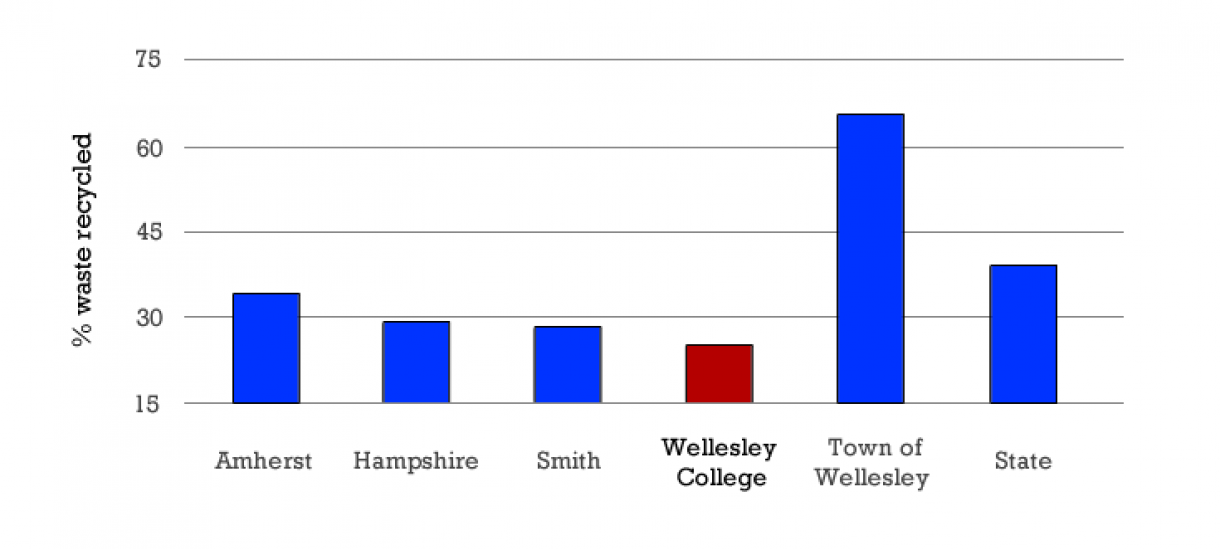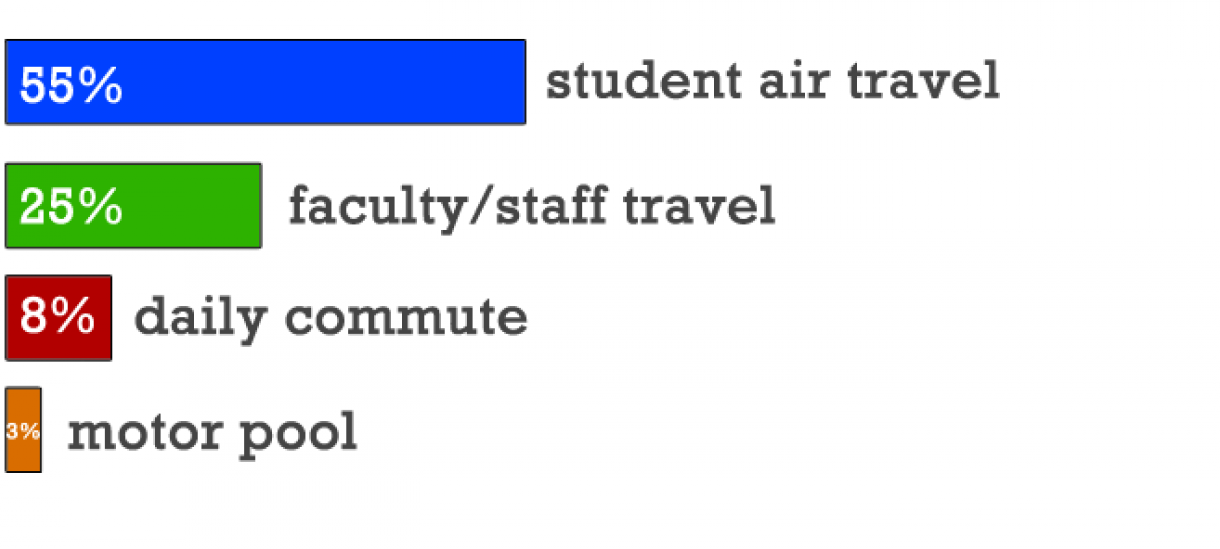Wellesley’s comprehensive Sustainability Plan serves as our compass as we pursue a carbon neutral future on campus.
Since February 2015, the Advisory Committee on Environmental Sustainability has solicited ideas from the college community (at an IdeaFest held in February), worked closely with key stakeholders across campus, and researched relevant sustainability initiatives and policies at peer institutions. The result of this work is a sustainability plan that is organized into eight sectors: Academic & Co-curricular, Buildings & Water, Climate & Energy, Food & Dining, Landscape & Watershed, Purchasing & Waste and Transportation. Each sector outlines what Wellesley has accomplished in the past and explains strategies and targets for advancing sustainability at Wellesley over the next ten years. The strategic summary was approved by the Board of Trustees in April, 2016.
strategic summary complete plan


